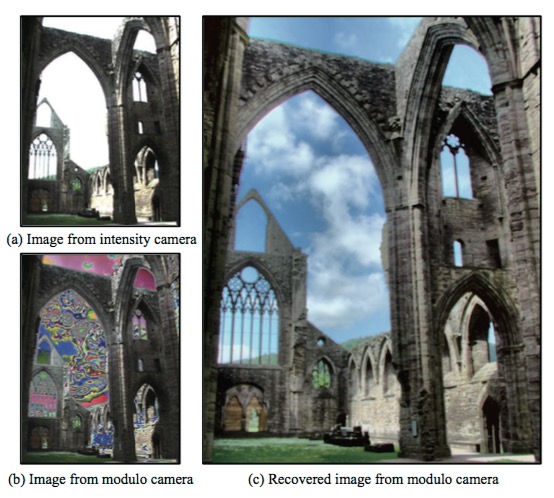MIT researchers have developed a camera that will never overexpose an image
posted Tuesday, August 18, 2015 at 12:35 PM EDT

Imagine a camera that could never overexpose an photograph. Now stop imagining and get ready, because a team of researchers at MIT believe they have developed a new technology that will ensure an image is never over-exposed.
In a paper presented earlier this year at the International Conference on Computational Photography, the MIT Media Lab researchers displayed a new technology that could enable camera sensors to record large amounts of light without ‘blowing out’ the pixels.
This is done through a clever trick that would reset individual pixels’ sensitivity when its maximum exposure level has been reached, essentially creating an in-camera HDR effect through micro-managing individual pixels.

The paper breaks down the technology thoroughly, but summed up, the research team says:
This creates a sensor that never saturates […] Whenever the pixel value gets to its maximum capacity during photo collection, the saturated pixel counter is reset to zero at once, and following photos will cause another round of pixel value increase.
As Boston Beta points out, this is known as a ‘modulo’ camera, a name derived from modular arithmetic, which is a system of resetting numbers – in this case light sensitivity of a pixel – when they reach a certain value.

Unfortunately, this technology is likely a few years off from being seen in any camera, be it a DSLR or smartphone. Sensors need to be specifically designed with this sort of technology in mind, meaning current sensors aren’t capable of simply adopting the technology through a software update.
The 2-minute video below details the process of how the modulo camera works:

The MIT research team notes the technology is most likely to be used for more industrial purposes, such as being used in the cameras of self-driving cars, but it’s not entirely impossible we’ll see it in more conventional cameras.